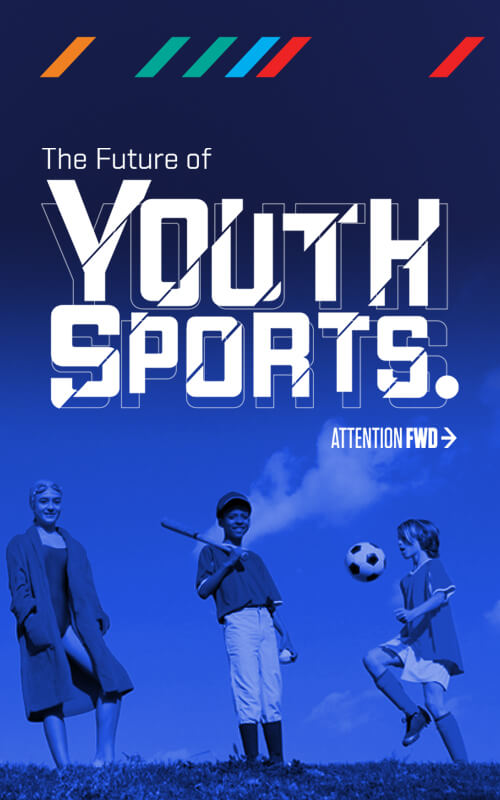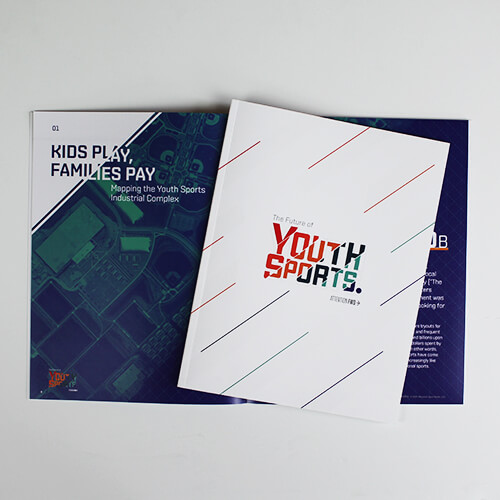
Utopia 2035
In 2020, the average age at which a child received their first mobile device was 12 years old. Today in 2035, it’s age five, as smartphones, activity trackers, tablets and other mobile devices finally became widely accessible tools for good. Pre-K schools and daycare programs have incorporated responsible technology usage into children’s routines. Every child has access to AR glasses for use during structured and unstructured activity time to recommend fitness activities, hone motor and cognitive skills and increase hand–eye coordination. This has yielded huge long-term health increases all through adulthood, as data allowed families, educators and kids to track and continuously improve individual exercise and develop good habits. Generation Alpha became the healthiest ever, having grown up with accurate performance and nutritional data, and youth sports participation is soaring, as mixed-reality experiences connect kids to real-world sports.
-
![]()
Want a Hard Copy?
Buy a CopyThe complete report on The Future of Youth Sports is available for purchase. Includes 10 topics and our thinking on how to create a better youth sports experience for all.


